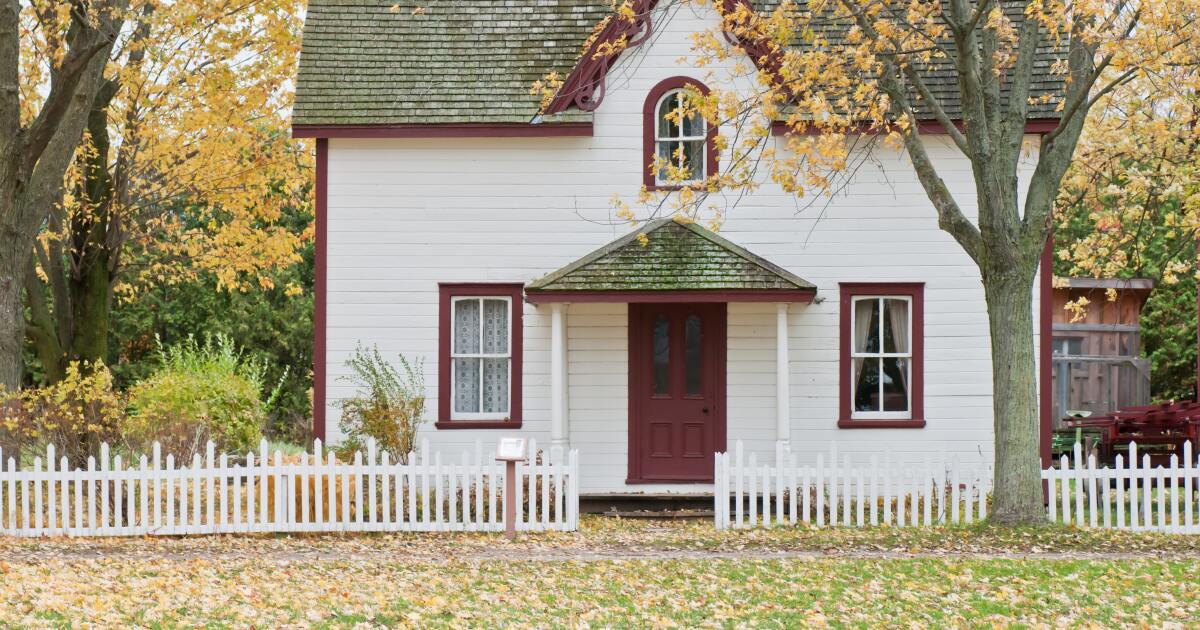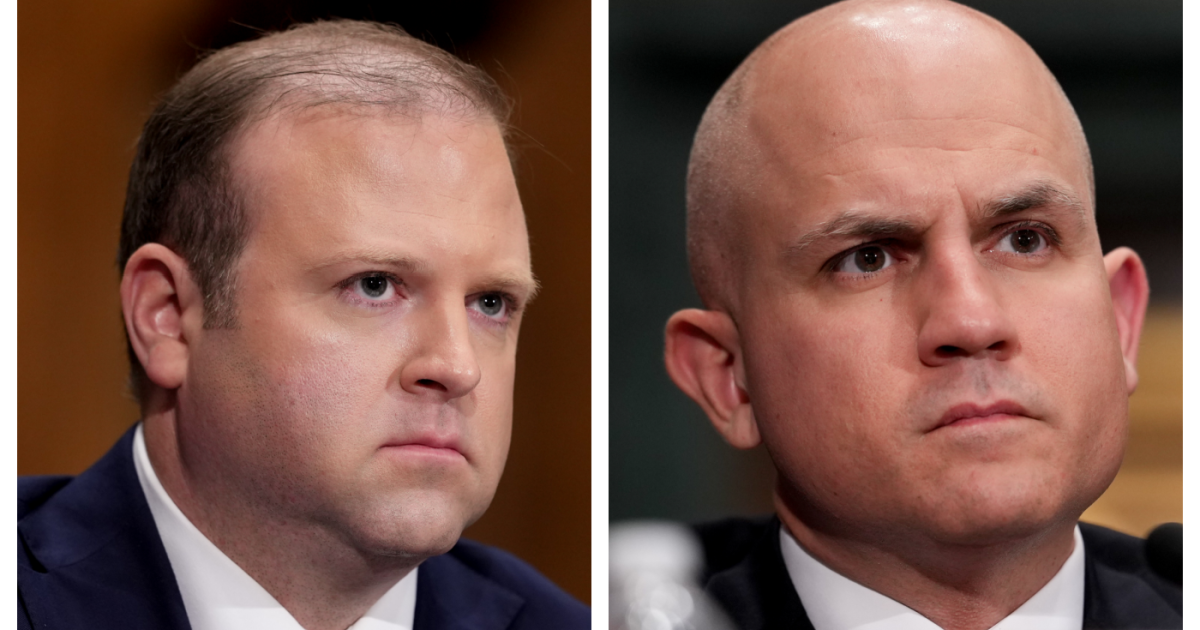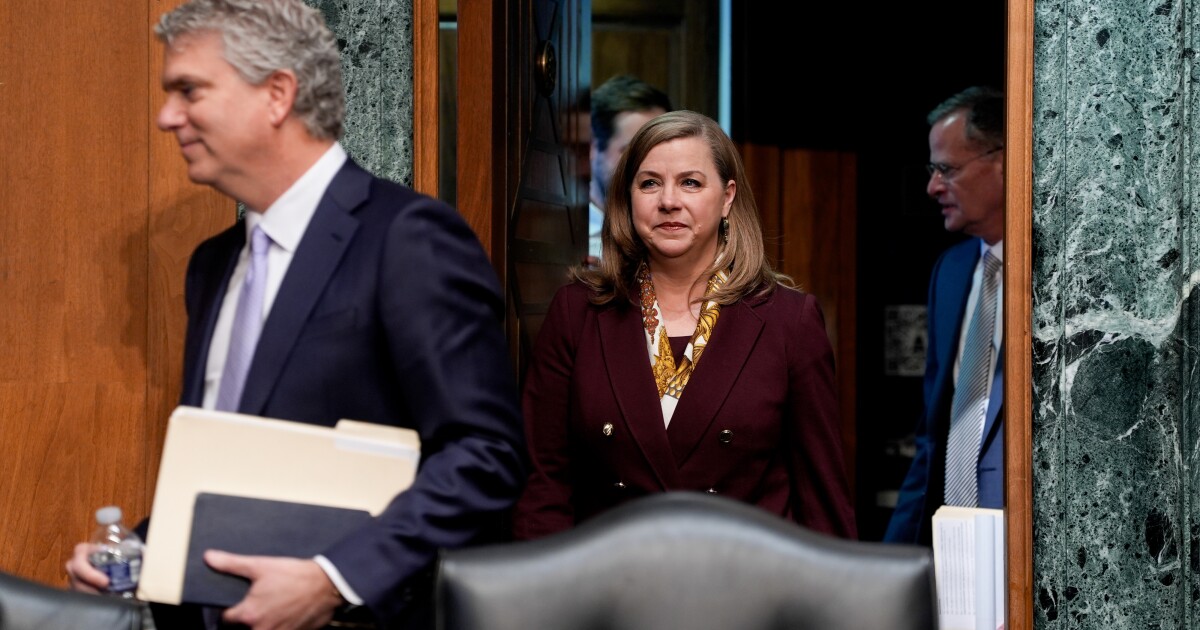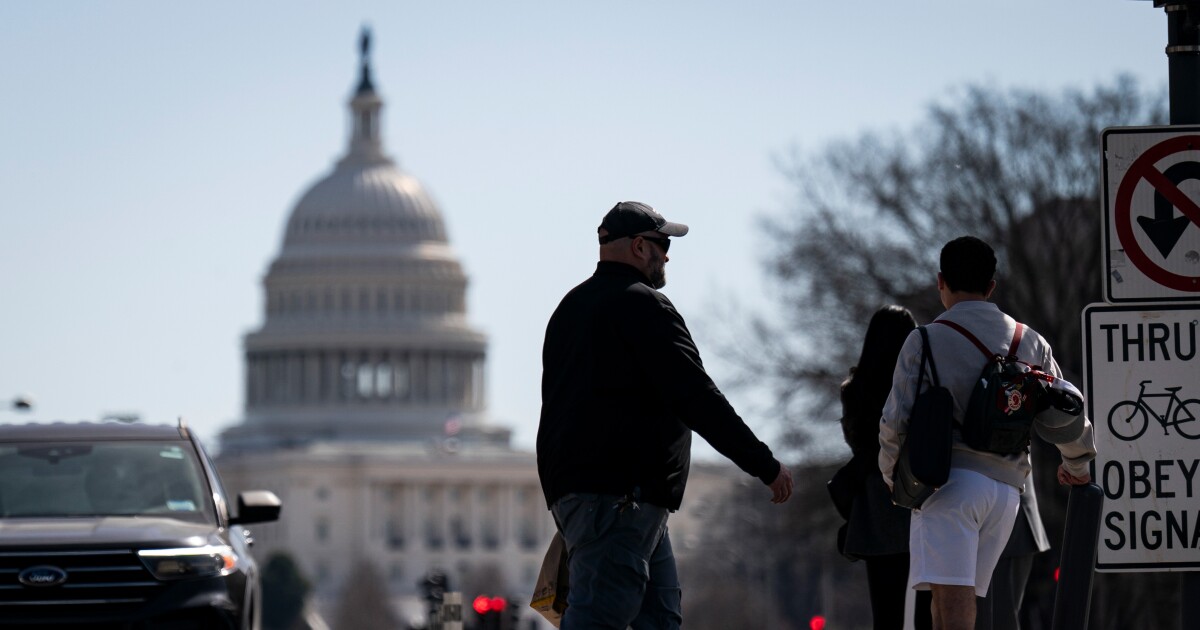
Rent growth had increased among single-borrower, single-family rental (SFR) securitizations and for vacant-to-occupied properties, and average vacancy rates had also increased in recent months, according to a performance summary of DBRS | Morningstar’s ratings of deals in the SFR segment.
The information looks back at recent months, giving a detailed property-level information about each rated securitization. Typically collateralized by a single promissory note representing one borrower, SFR deals see ongoing cash flow from rental payments and other tenant fees.
“As a result of the coronavirus pandemic, DBRS Morningstar expects delinquent rental payments and vacancies to rise,” the rating agency noted.
Blended rents increased to 8.3% on single-borrower, SFR securitizations in January, compared with 6.7% in December, according to the rating agency. Rent growth on vacant-to-occupied properties was 12.3% in December, a slight uptick from the 12.2% that the sector experienced in November.
Average vacancy ticked up as well, to 3.2%, from 3.1% in December. The Denver-Aurora, Colorado area had a vacancy rate of 4.1%, while the Las Vegas metro area had the highest blended rent growth at 11.9%. The St. Louis and Kansas City, Missouri metro areas had the lowest blended rent growth rates, at 3.7% and 3.9%, respectively.
In terms of delinquencies, the Chicago MSA had the highest delinquency rate, at 13.2%.
DBRS acknowledged that the ABS market would have to pass through a few more cycles before the full effect of the COVID-19 pandemic becomes apparent. It noted, however, that the loans backing multi-borrower SFRs might be more sensitive to disruptions in rent collections, compared with single-borrower SFR deals, the rating agency found.
As for performance among multi-borrower SFR transactions, delinquency performance was mixed and loosened slightly on the longer end of the timelines. There were 740 such loans under DBRS’s surveillance. Among loans that were 30- to 59 days delinquent, the number decreased to six from 10. Delinquencies were up slightly in both the 60- to 89-day delinquency bracket, and the 90-day plus bracket, however, increasing to five from four and to 16, from 15, respectively.



